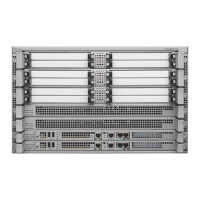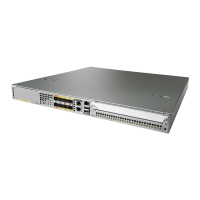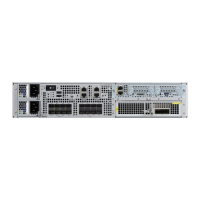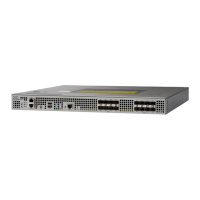CHAPTER 2
Configuring TCP
TCP is a protocol that specifies the format of data and acknowledgments used in data transfer. TCP is a
connection-oriented protocol because participants must establish a connection before data can be transferred.
By performing flow control and error correction, TCP guarantees reliable, in-sequence delivery of packets.
TCP is considered a reliable protocol because it will continue to request an IP packet that is dropped or
received out of order until it is received. This module explains concepts related to TCP and how to configure
TCP in a network.
•
Finding Feature Information, page 23
•
Prerequisites for TCP, page 24
•
Restrictions for TCP, page 24
•
Information About TCP, page 24
•
How to Configure TCP, page 30
•
Configuration Examples for TCP, page 38
•
Additional References, page 42
•
Feature Information for TCP, page 43
Finding Feature Information
Your software release may not support all the features documented in this module. For the latest caveats and
feature information, see Bug Search Tool and the release notes for your platform and software release. To
find information about the features documented in this module, and to see a list of the releases in which each
feature is supported, see the feature information table at the end of this module.
Use Cisco Feature Navigator to find information about platform support and Cisco software image support.
To access Cisco Feature Navigator, go to www.cisco.com/go/cfn. An account on Cisco.com is not required.
IP Application Services Configuration Guide, Cisco IOS XE Release 3S (Cisco ASR 1000)
23
